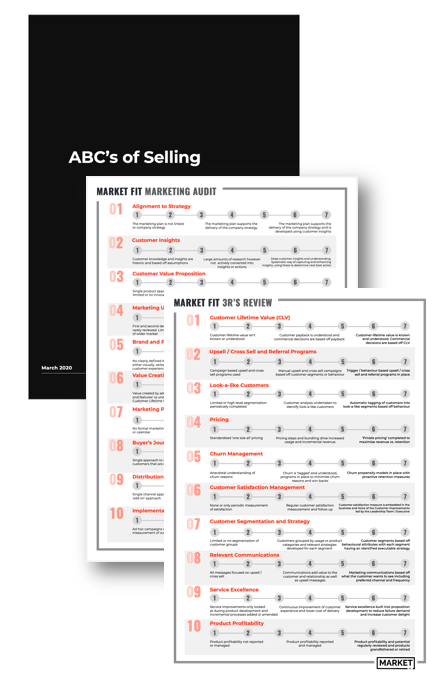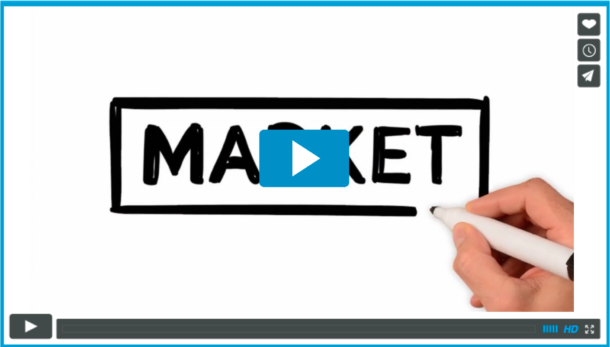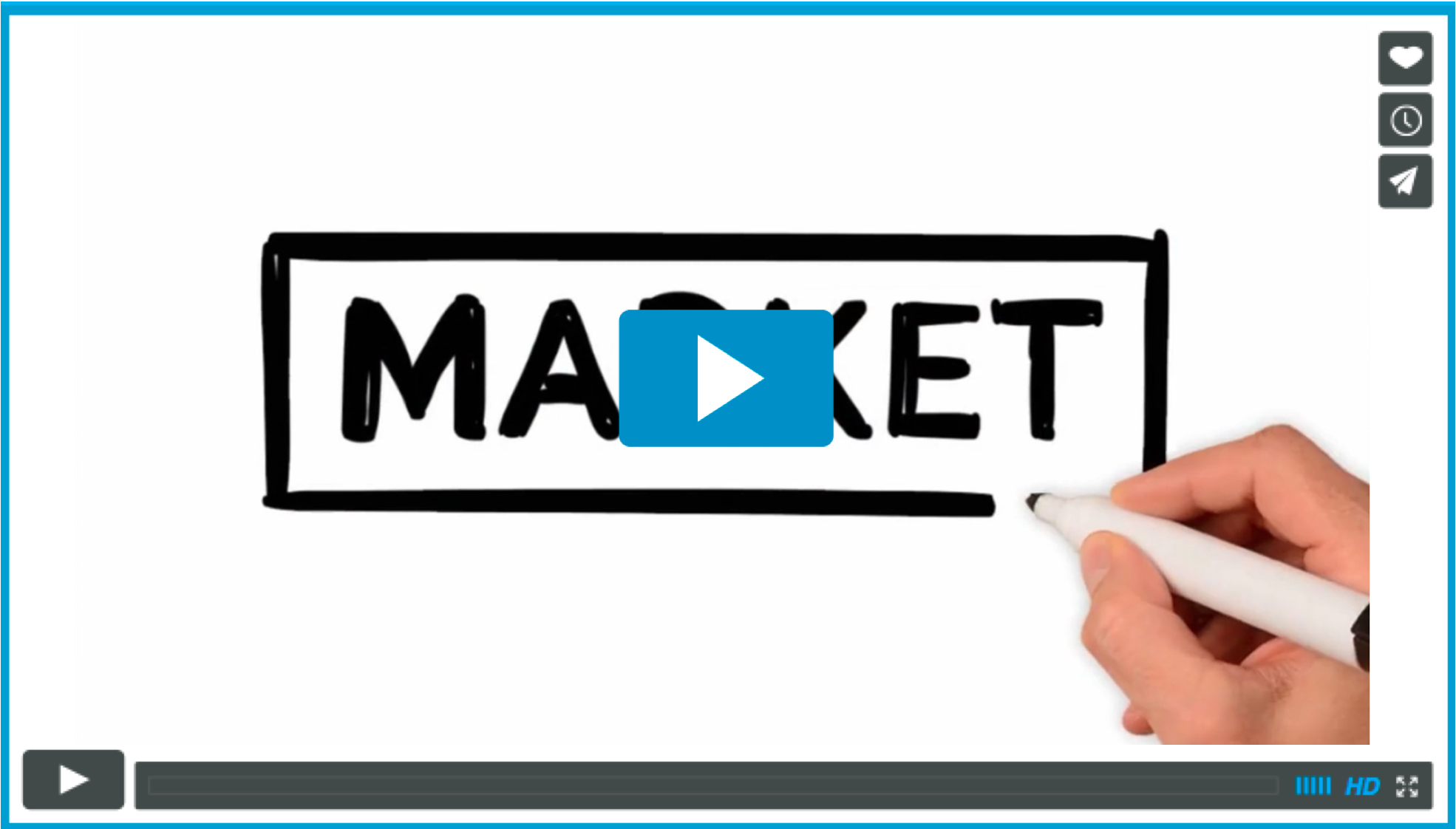Last week I asked five seemingly easy questions that will tell you a lot about the state of your digital readiness. To recap they are
- Let’s discuss the maturity of your Board’s knowledge in running a Digital P&L and using modern digital product delivery techniques.
- Which of them really understand Social, Mobile, Data and Cloud and how they have changed business?
- Which of the C suite team here have deep knowledge in these areas and have run successful Digital P&L at scale using commodity software with very low costs?
- Tell me what are your digital objectives and KPIs for
- cost of acquisition/conversion, lifetime value and annual revenue per customer?
- And the way that you manage your Customer’s digital journeys?
- How long does it take for your team to test an idea or feature or product or service to give you real data to make decisions with?
- How do you invest in the Digital skills of your teams to ensure you understand the latest tools and techniques to build and sell your company’s product?
The real question now is. What can we practically do to move this stuff forwards? So many times I see businesses try and eat the elephant. They pay for a massive piece of expensive upfront work and a 3-5 year plan with fully costed ROI and then they set about failing slowly and ungracefully in a big way. This is not how transformation or innovation work and, in my opinion a huge waste of money.
If I could advise any company of anything in this situation it would be:
- Have a Vision that’s audacious and provides your people with clear aspiration
- Align your Digital KPIs and Objectives to this Vision with real clarity. Align people’s incentives to these measurable Objectives and only have 4-8 maximum at any one time. It should go without saying that this starts at the top with the C suite owning these KPI’s
- If the total C suite isn’t committed to the change then it is time for new leadership – don’t allow passengers / passive aggressive behaviour
- Have 2-3 short term strategies/tests that relate to each Objective to get you towards them. These must be things that you can measure and keep iterating until you find things that work. Ditch things that don’t work, do more of what does. Learn from your customer, look back regularly and be honest.
- Use a common method of defining business value and priority and ensure that learning/failing is regarded as highly as revenue
- Use this great vision and set of goals to hire and empower a small, multi-skilled team to go after those business driven objectives. Put this team in the same physical space. Don’t put any constraints on them. Let them solve the problem fresh and without encumbering them with current systems or legacy process.
- Hire the best people you can afford. If their pay isn’t painful, they are the wrong people. These people are probably a lot younger than you and they will only thrive if provided purpose and autonomy
- Avoid planning massive “Enterprise Architecture” driven customer and data migrations. It simply is hardly ever necessary or that difficult to move data around these days
- Ensure that the team really understands how modern software is built, tested and deployed. High levels of automation, test driven development and continuous delivery are table stakes
- Accept that some cannibalisation is an inevitable part of the journey but that being a player in the space is often preferable to being dead.
Make this work well in one area and only then try and replicate it in Value Streams
Projects and capex budget cycles are killers. Budget runs out, people disappear there’s tons of teams duplicating effort and causing waste. It is far more effective to align teams around areas where you see that your business can always generate value.
Therefore, once you have shown that a small team can make a real difference and that they can innovate, analyse your business generally and ask those questions about where you really make/save the money e.g..
- New product development
- Self service
- Brand halo and digital content marketing
Form “value stream” teams around these areas and again put all the people in the tent together.
Never kid yourself that today, you know what will happen more than three months ahead. The world changes, competitors arrive and make moves, new markets open up and new commercial deals are done which can always change your priorities and being open to this. This will allow you to pivot more easily and to drop things that don’t work more rapidly. When you see the value tapering off from an area, ask yourself is it time to pursue it elsewhere or find some more innovative tests or focus more investment in new capability / or unknown market areas.
Over time you will see a new leaner business and model and then it’s time to think about how and if you want to migrate or ditch the legacy.
In essence to summarise these two posts:
If you think your company needs to…. those words that start with “DT”
- Accept that new people and skills are required and be clear with your teams about this
- Be bold and have measurable objectives of what good in digital looks like
- Think big – Start little – Make small bets with a small autonomous, highly skilled team
- Assess every bit of work in terms of relative value as it relates to your objectives
- Decide what’s next using data, iterate quickly and scale where things work
- Over time, ditch the legacy
There’s a lot of detail hidden here but in the huge world of this topic I think organisations understand the concept of building one team/capability that allows you to test and build woking digital products rapidly without betting the farm and then doing more of that which works well.
These thoughts are based on experience at the coalface and not consulting waffle. We think we have a good view of what good looks like in Vision, Objectives, Strategies, Teams and the Agile ways they should be working.
Evolution in this space is exponential and it really is a case of adapt, innovate or die. The comfort is that everyone is in the same boat and that many market needs are still there to be fulfilled in every industry.
If you want to have a conversation with us about your business then please do contact us and if we think there’s a good fit, we will be happy to help.
Happy New Year!
Justin
Guest post by Justin Tomlinson
KS




